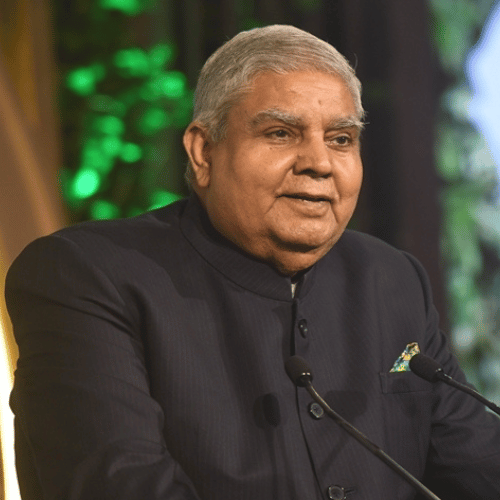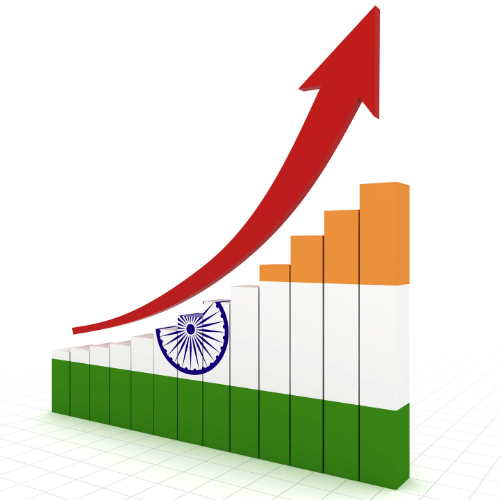In the midst of global economic uncertainties, Japan’s core inflation is expected to have eased in July, as indicated by a recent Reuters poll of analysts. This softening trend can be attributed to the impact of softer commodity prices, exerting downward pressure on inflationary measures. Nevertheless, the core consumer price index (CPI) is anticipated to maintain its position above the central bank’s targeted 2% threshold for the 16th consecutive month, underscoring the country’s relative price stability.
Inflation Outlook
According to the median estimate of 17 economists surveyed, the core CPI, which excludes fresh food but encompasses energy items, is projected to have expanded by 3.1% in July compared to the previous year. This figure represents a slight decrease from June’s reading of 3.3%, marking the slowest growth in four months. Earlier this year, Japan’s core CPI hit a 41-year high of 4.2%, primarily driven by broad-based retail price hikes. However, the subsequent range of 3.1% to 3.4% has been maintained, attributed in part to government energy subsidies that have counteracted upward pressures resulting from a rally in commodity markets.
Factors Influencing Inflation
Economists have highlighted the dual impact of ongoing price hikes in food and other goods alongside the dampening effect of declining crude oil prices. Particularly, falling crude oil prices are expected to reverberate through energy items, such as electricity bills. Analysts at Mitsubishi UFJ Research and Consulting, including economist Shumpei Fujita, have pointed out that the trajectory of electricity bills is influenced by energy import prices several months prior. This interconnectedness underlines the complexity of inflation dynamics and how various economic factors intertwine to shape consumer price trends.
Wholesale Inflation and Exports
Recent data shows that Japan’s wholesale inflation experienced its seventh consecutive month of deceleration in July, primarily due to diminishing energy costs. This prolonged trend underscores the subdued economic environment and the challenges that persist in global markets. Japanese exports are also anticipated to have contracted in July, experiencing a year-on-year decrease of 0.8%. This decline marks the first contraction since February 2021. While the recovery in car shipments has provided a partial offset, weak global demand for other export items, reflective of the broader economic slowdown, has contributed to this decline.
Business Spending and Machinery Orders
On a brighter note, core machinery orders – a crucial indicator of business spending – are expected to have rebounded in June. Following a 7.6% drop in May, the poll forecasts a 3.6% month-on-month rise in machinery orders for June. This potential increase in business spending signifies a degree of resilience and optimism within the business sector, possibly driven by efforts to adapt to changing market conditions and technological advancements.
Conclusion
In summary, Japan’s economic landscape remains complex and multifaceted. The anticipated easing of core inflation, impacted by softer commodity prices and weak global demand, highlights the challenges faced by policymakers and economic stakeholders. Maintaining inflation levels above the central bank’s target, despite these challenges, underscores the broader economic efforts at play. The dynamics within the energy market, global demand patterns, and the resilience of the business sector are all critical factors shaping Japan’s economic trajectory in the face of ongoing global uncertainties.















